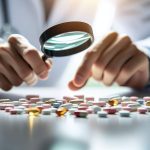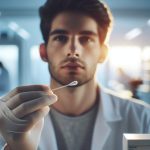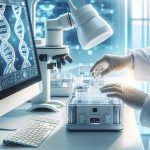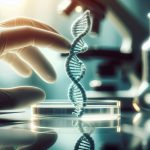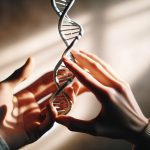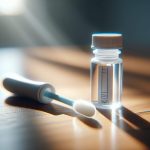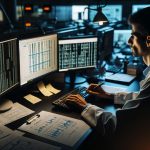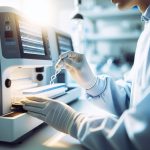At the heart of Verogen‘s mission lies a profound commitment to enhancing public safety and ensuring justice. The firm is at the forefront, championing the integration of genetic tools in the pursuit of uncovering truths. By harnessing the renowned Illumina sequencing technology, Verogen strides ahead in collaboration with forensic laboratories. This synergy propels forward the boundaries of forensic genomics, heralding a new era where science’s capabilities are truly maximized.
In an enlightening discussion, Brett Williams, the CEO at Verogen, unveils further insights into how their organization is steering pioneering advancements in forensic technology. It’s clear that under his leadership, Verogen not only aims to illuminate paths previously shrouded in mystery but also seeks to set new benchmarks within this critical field. Their work embodies a relentless drive towards revolutionizing our approach to solving complex legal and criminal puzzles through cutting-edge genetic analysis.
Can you explain Verogen and its goals?
In August 2017, a new venture named Verogen emerged from the well-established company, Illumina. Originally part of Illumina’s forensic division, Verogen had to hit the ground running on a global scale due to the expansive reach its parent company already had. Although it still makes use of the innovative Illumina MiSeq technology and SBS chemistry, Verogen has since charted its own course as an entity entirely separate from Illumina.
Over time, Verogen’s focus has shifted significantly. Initially centered around forensic DNA analysis, its mission has broadened to become a pioneer in biometric-based human identification. A pivotal moment in this transformation came in December 2019 when Verogen acquired GEDmatch, a genetic genealogy service that plays a crucial role in connecting individuals through DNA. This acquisition not only expanded Verogen’s capabilities but also placed it at the forefront of the forensic genetic genealogy movement that is reshaping how forensics operates within communities worldwide.
With these strategic moves and an evolving vision, Verogen stands at the intersection of technology and human identification, driving forward with innovation and dedication towards creating connections and solving mysteries through DNA analysis.
How does the MiSeq FGx® Forensic Genomics System operate in straightforward terms?
Verogen delivers a complete package tailored for forensic work, utilizing the specialized MiSeq FGx® from Illumina. This bundle includes everything needed: custom library preparation kits, top-notch sequencing reagents also by Illumina, and unique software designed for analysis. It’s essentially a one-stop solution for those in the field of forensics, streamlining the process from start to finish with precision and ease.
How does the MiSeq FGx® Forensic Genomics System provide unique information compared to CE technology?
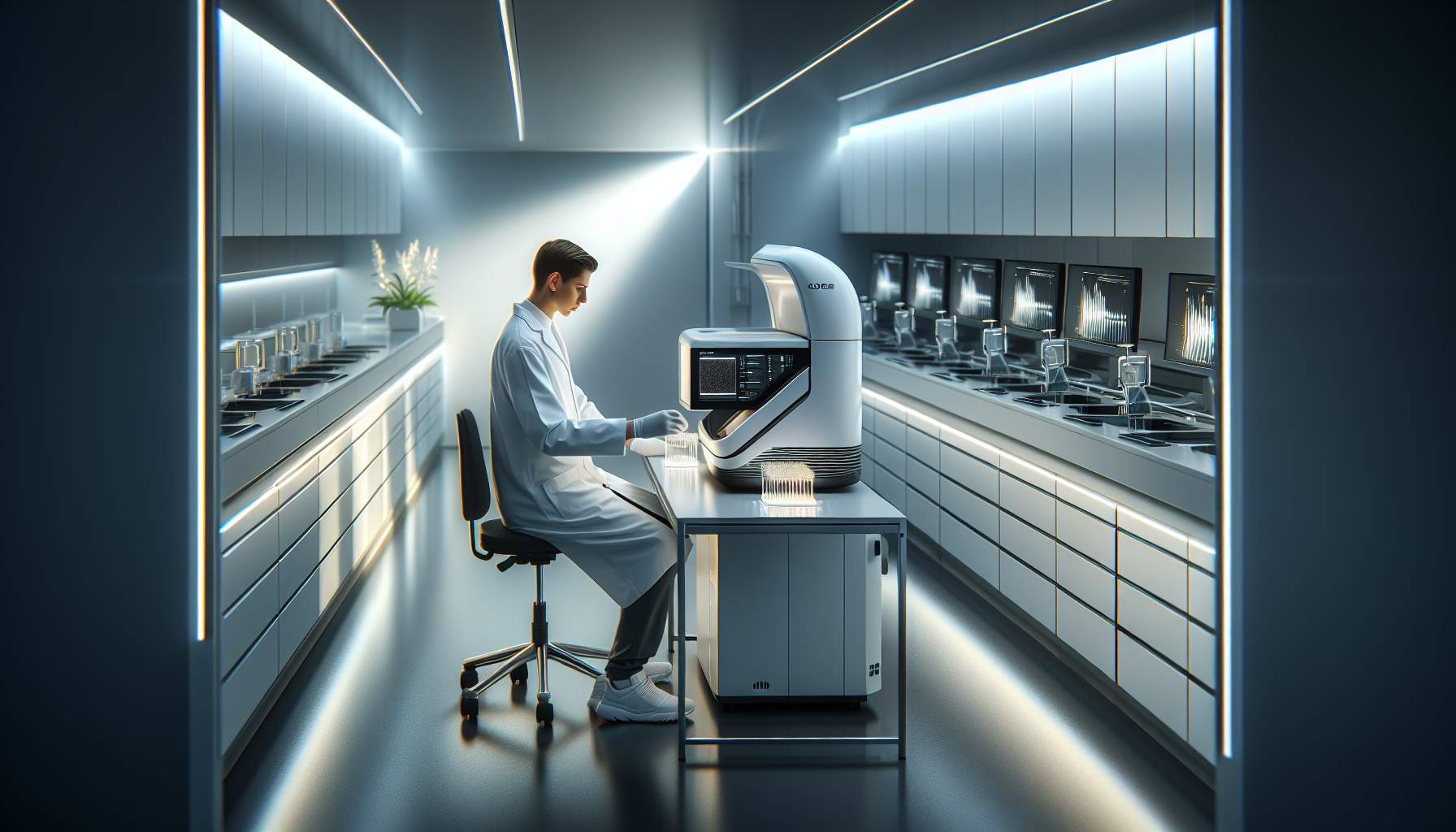
Capillary Electrophoresis (CE) has fallen behind the times and can’t keep up with the demands of contemporary forensic work. In comes Targeted Next-Generation Sequencing (NGS), a game-changer in forensic genomics, pushing the boundaries by utilizing either nuclear DNA or mitochondrial DNA for human identification. This cutting-edge approach broadens the spectrum of genetic markers available for examination significantly. What’s more, it sharpens the detail at each marker point, making it easier to rule people in or out as sources of DNA found at crime scenes.
But that’s not all; NGS goes beyond just matching DNA samples. It delves into unique markers capable of sketching out a person’s biogeographical roots and physical traits—almost like painting a picture of who they might be from their genetic code alone. When you stack CE up against NGS, there’s simply no contest. NGS brings more to the table: more information, more precision. In the face-off between old tech and new, modern capabilities clearly lead the charge towards solving crimes with greater efficiency and accuracy.
Obstacles Encountered by Forensic DNA Labs and Verogen’s Solutions
During the 1990s, forensic labs faced a critical challenge: extracting an STR profile from evidence found at crime scenes. Fast forward to today, and the question has shifted towards identifying whom these profiles actually belong to. Enter the Verogen NGS platform, a game-changer in the forensic science arena. This advanced technology not only meets this new demand but does so with remarkable efficiency.
What sets the Verogen platform apart is its ability to gather an unparalleled amount of data from even the smallest samples left behind at a scene, pushing forward efforts to match DNA profiles to specific individuals. It’s like having a high-tech detective on your team, one that works tirelessly to piece together the puzzle of identity.
But it doesn’t stop there. The Verogen system simplifies things for forensic labs by streamlining processes into common workflows, using just one software solution across its platform. This means labs don’t have to jump through hoops validating different systems or juggling multiple tools, it’s all coherent and integrated.
This approach tackles another pressing issue: boosting productivity in busy forensic laboratories. By reducing complexity and focusing on effective solutions, Verogen is lighting up paths towards quicker and more accurate human identification in criminal investigations.
What future trends and technological advancements can we anticipate?
The forensic industry is on the brink of a major shift, with NGS gearing up to take the spotlight from traditional CE technology. We’re not just talking about an upgrade; this is set to revolutionize how we approach investigations, making way for incredible advancements in predicting physical traits from DNA alone. What’s even more exciting? This cutting-edge method won’t just be faster and more efficient—it’s also expected to become more budget-friendly over time. So, buckle up! The future of forensic science looks brighter and much more intriguing than ever before.
